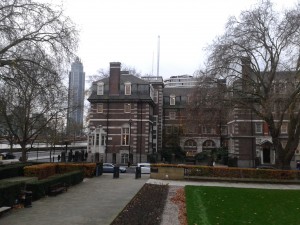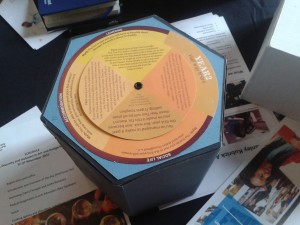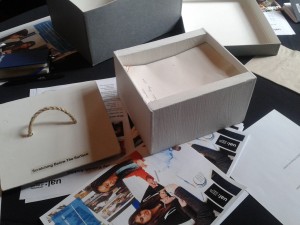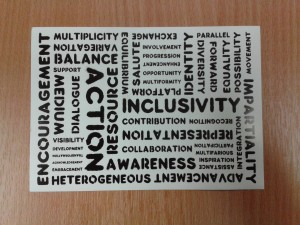
In contrast to our previous posts, this one moves away from documenting our own activities, and aims to give you an overview of Art for All – Diversity and Inclusion in Art and Design Higher Education held at University of the Arts, London, on the 27th November.
This highly engaging and inspiring event, held in the beautiful setting of the Red Room, Chelsea College of Arts, brought together academics, learning support staff and researchers to consider the question: ‘How do we support and nurture new diverse cultural practices within the curriculum?’
Last Friday’s was the first in a series of UAL Teaching Platform events: themes for future sessions will include Risk-taking in HE, Technology Enhanced Learning and Object-based learning. For more information see the UAL events website http://events.arts.ac.uk/apex/eventpage
UAL have considerable links with Writing PAD: Professor Susan Orr, who introduced the event last Friday, is on the editorial board for the Journal of Writing in Creative Practice and has a long association with the Writing PAD network. The London College of Communication have run events in conjunction with Writing PAD, such as last year’s Screen Writes Symposium
The first session, led by Terry Finnigan and Aisha Richards, looked at creative ways to develop inclusive pedagogy. This was a highly interactive session, and began with a simple but powerful exercise in sharing and discussing names, as a ‘way in’ to opening up student discussions around diversity. We were also able to interact with visual, tactile artefacts created by students to express their learning experience at UAL: these were fascinating, and really highlighted the differences between student and staff perspectives on diversity.


The importance of establishing safe spaces for open dialogue was an important theme, and Aisha talked about the Shades of Noir resource which offers a digital platform to explore issues of race and ethnicity in Art & Design education. Shades of Noir is sponsored by UAL and has been developed by students for students: the project supports a blog, exhibitions, talks and much more.

The issue of the Attainment gap in terms of degree classification between white and BME students was tackled head-on in a heartfelt session by recent UAL graduate and Shades of Noir contributor Bee Tajudeen. She described her anger when she discovered that black students were less likely to achieve a 1st or 2:1 than their white counterparts. Bee took us through a very effective visualisation exercise, putting us ‘in the shoes’ of a young black girl growing up in the UK: really useful for developing empathy and awareness of diversity among students and staff.
After lunch Professor Vicky Gunn delivered a lively and thought-provoking discussion of her current work: ‘Evoking agency and alienation: considering LGBT students to understand supporting diverse student disciplinary learning.’ One of the most memorable quotes from Vicky’s session was ‘Take student’s strengths and change things with them’: a useful way to consider dissonance, diversity and cultural change within Art & Design education.
Two parallel sessions ran at the end of the day: I chose to attend Dr Kate Hatton’s talk on ‘Social discourses and arts education: developing research for critical thinking and inclusive curriculum practice’. Kate drew on her recently published Towards an Inclusive Arts Education to not only discuss her own research findings, but also to give us extremely useful ideas on ways to develop our own research on inclusive learning and teaching. She highlighted issues of inclusivity in well-established Art & Design assessment practices such as the ‘crit’, and the way that the student voice may not always be heard in these settings due to a lack of understanding of the student’s background.
Sadly I was unable to stay for the panel debate, but left with a headful of ideas to feed into Writing PAD projects and wider inclusive learning approaches…
Next time, Kaye writes about ‘New ways of seeing’,
Julia
For more on UAL’s work on equality and inclusion see:
https://www.heacademy.ac.uk/sites/default/files/resources/eedc_art_and_design_online.pdf